
The Anatomy of Twigs: Growth, Transport, and Identification
The twig is far more than a mere branch extension; it is the tree's vital engine for growth, transport, and identification. This post explores the anatomy of the twig, detailing external features like the terminal and lateral buds that dictate growth patterns, and internal structures such as the xylem and pith responsible for transporting resources and storing nutrients.

Western Washington Fall Colors 2025: Trees Aglow and the Science Behind the Show
Fall color arrived early in Western Washington this year, but what it lacked in duration, it made up for in brilliance. From crimson vine maples to golden bigleaf maples and fiery red sweetgums, 2025 has been a standout year.
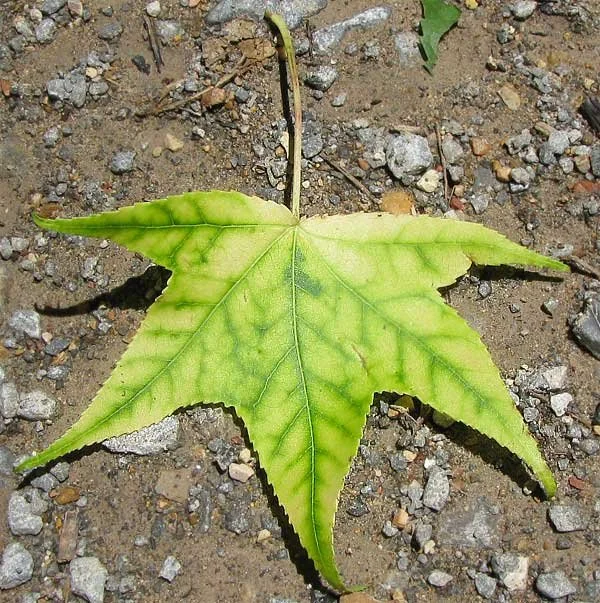
Matching Trees to Site Conditions: A Key Strategy for Preventing Abiotic Stress
Abiotic disorders such as leaf scorch, chlorosis, and root dieback often stem from environmental stress—not pests or pathogens. The key to prevention lies in understanding the site and choosing the right tree for it. This post explores how thorough site assessment and informed species selection can dramatically reduce abiotic stress, improve establishment, and ensure long-term tree health.
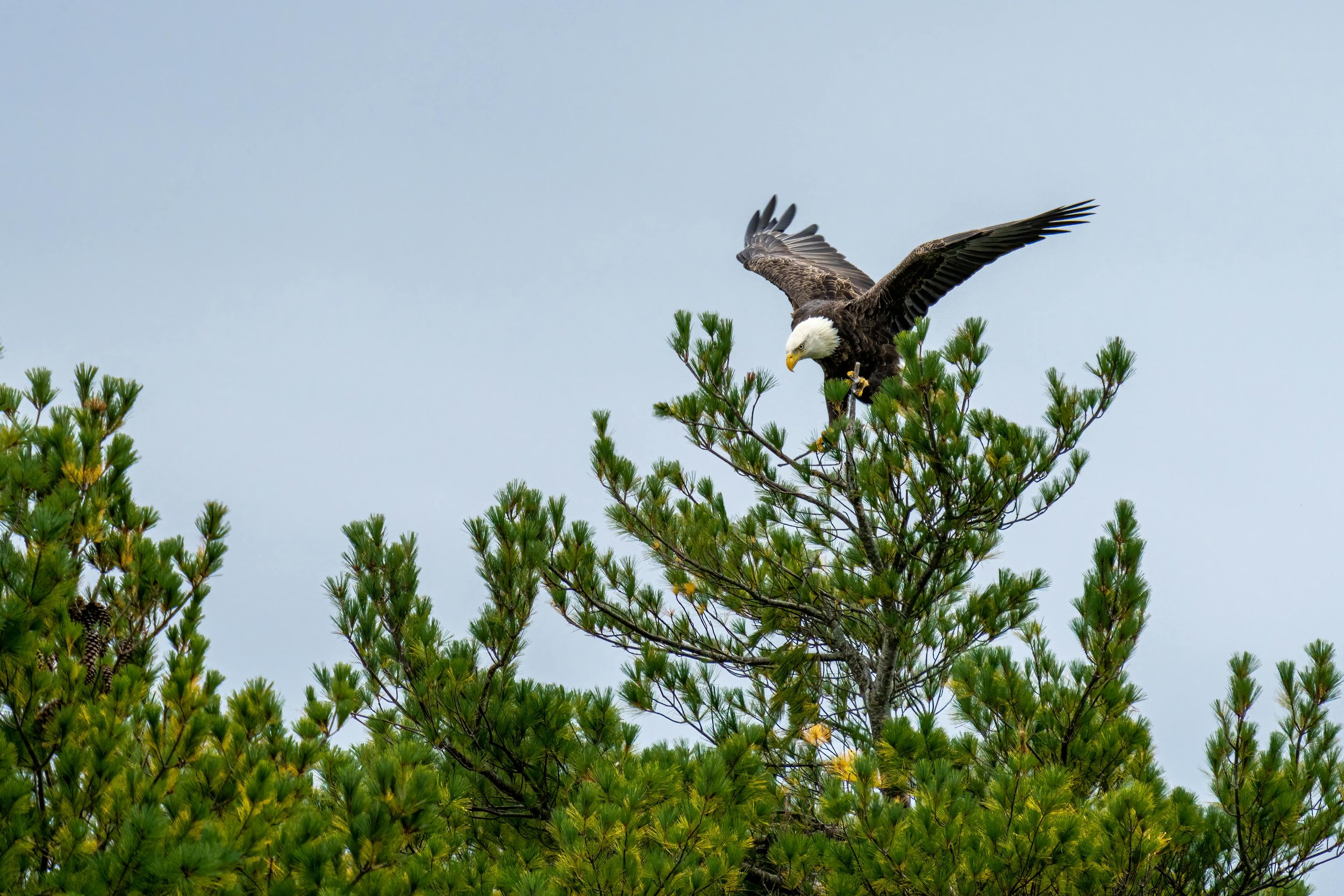
Why We Should Capitalize Plant Common Names: A Call for Consistency
Ever notice how birds strut around with the royal treatment in their names? Black-capped Chickadee. Great Blue Heron.Every word is capitalized like a VIP guest at a garden party. Meanwhile, plants—those quiet, hardworking, oxygen-producing champs—are stuck with lowercase labels: bigleaf maple, snowberry, Japanese holly. It's not that plants matter less. It's just that we've been inconsistent. And I think it's time to change that.

When Botanical Names Change: Understanding Plant Reclassification
Did you know that rosemary, the herb you sprinkle on your roast, is technically a sage? Botanical names aren’t just labels; they reflect a plant’s genetic relationships. However, advancements in genetic research sometimes reveal surprising connections, leading to reclassification. While this can be frustrating for gardeners and industry professionals, these changes provide a clearer understanding of plant lineage and ensure scientific accuracy.

Adiantum aleuticum: The Western Maidenhair Fern
Adiantum aleuticum, commonly known as the Western Maidenhair Fern or Aleutian Maidenhair, is a species renowned for its graceful beauty and resilience. Originating from the Aleutian Islands, this fern has a broad native range that extends from Alaska's cool, moist forests through the western United States to Chihuahua in Mexico. Surprisingly, isolated populations in northeastern North America, from Newfoundland to Vermont, showcase its adaptability to various climates.
Acer rubrum 'Armstrong Gold®' Maple
The development of Acer rubrum Armstrong Gold® highlights how selective breeding refines and improves beloved cultivars. The name Acer rubrum honors the cultivar’s dominant red maple characteristics, making it a practical and attractive choice for urban landscapes.

Shothole in Transition: From Nursery to the Planted Landscape
Shothole—a condition characterized by small, round lesions or “holes” in the leaves—often appears in plants grown in nursery settings. While it’s a common issue in high-density production environments, it can raise questions for homeowners, landscapers, and property managers once plants are installed in the landscape. Understanding why shothole develops, and why it usually subsides after planting, can ease concerns and provide confidence in the long-term health of new plants.

Understanding Black Spot on Kelsey's Dogwood and Effective Prevention Tips
Recently, a customer reached out with concerns about a few Cornus kelseyi (Kelsey's dogwood) plants they had just received from us. They noticed black spots on the leaves and wanted to ensure the plants were healthy. Their concern is entirely understandable—spotting disease on new plants can be alarming!
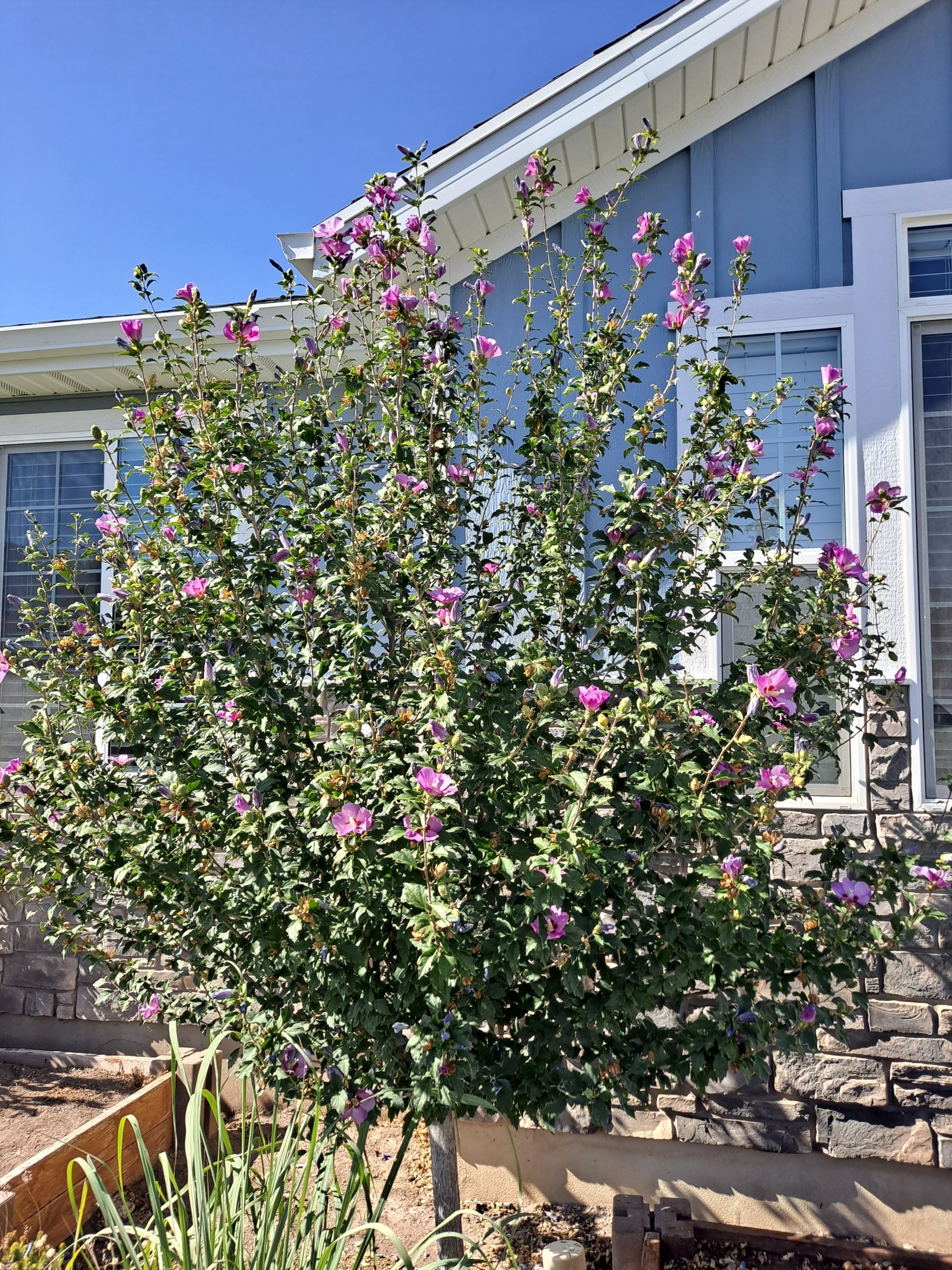
The Story of Hibiscus syriacus: Origin, Growth, and Garden Wonders
Hibiscus syriacus, commonly known as Rose of Sharon, is an iconic flowering shrub that brightens gardens with its vibrant summer blooms. Its striking flowers and hardy nature have earned it a beloved spot in ornamental landscapes worldwide. In this post, we dive into this stunning plant's origin, range, and essential characteristics, giving you the information you need to grow it successfully.
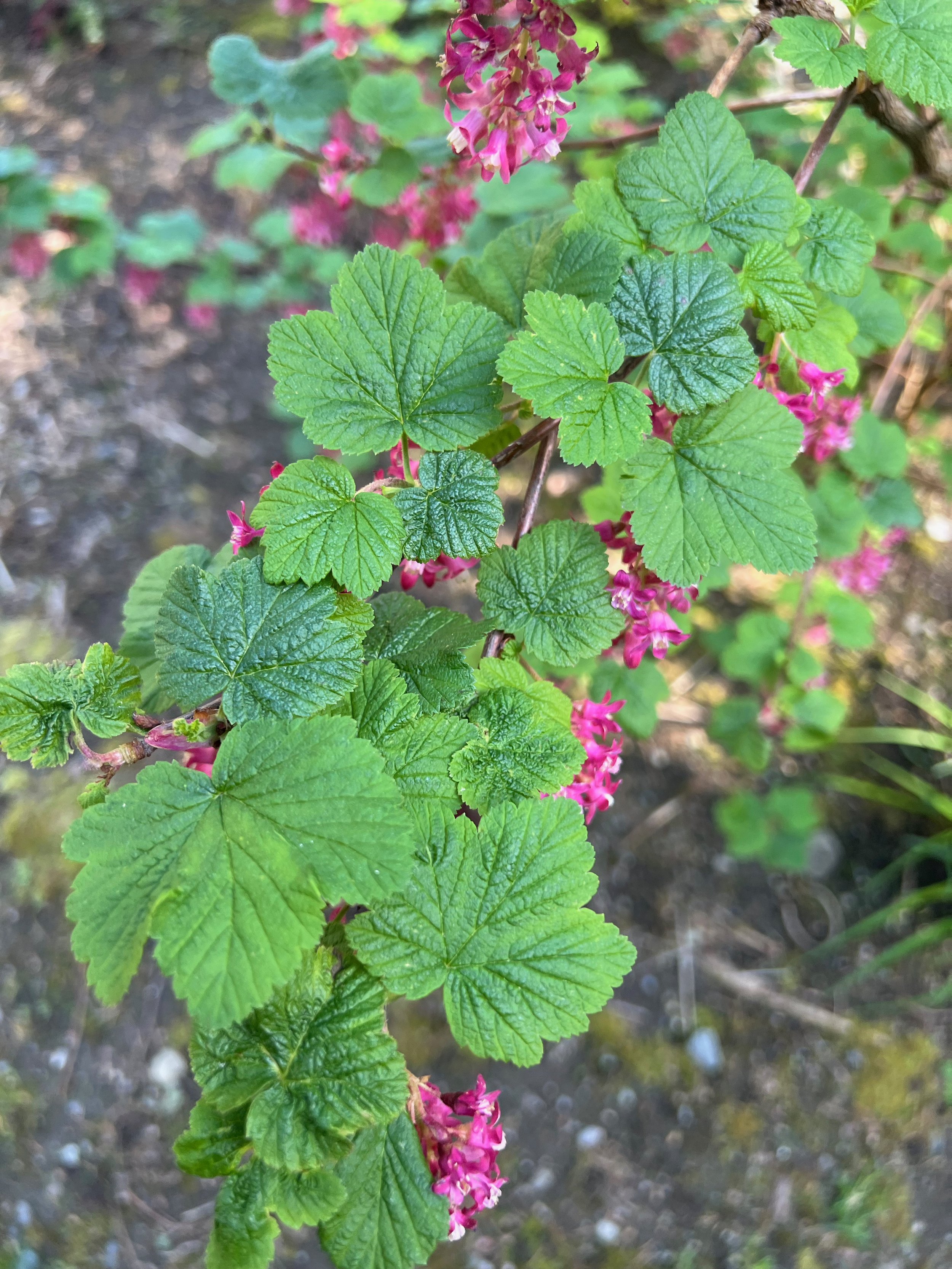
Ribes sanguineum' King Edward VII': A Vibrant Addition to Your Garden
Ribes sanguineum' King Edward VII' is a spectacular flowering currant that brightens gardens in early spring with its showy clusters of deep red blooms. This hardy shrub has garnered a loyal following among gardeners for its stunning floral display, resilience, and adaptability to a range of growing conditions. In this article, we delve into this plant's origin, characteristics, and uses and explore the key attributes that make Ribes sanguineum' King Edward VII' a desirable addition to your landscape.

Pruning Guide for Vaccinium corymbosum (Highbush Blueberry) & Vaccinium angustifolium (Lowbush Blueberry)
Vaccinium corymbosum, highbush blueberry, and Vaccinium angustifolium, lowbush blueberry, are popular deciduous shrubs cultivated for their delicious berries. Highbush blueberries grow up to 6-12 feet tall, while lowbush varieties stay more compact, usually between 1-2 feet tall. Proper pruning is essential for maintaining these plants' health, productivity, and shape, encouraging vigorous growth and abundant berry production. Without regular

How to Prune a Fig Tree (Ficus carica): Best Practices for a Healthy Fig Tree
Ficus carica, commonly known as the common fig, is a deciduous tree or large shrub native to the Mediterranean. It typically grows 10-20 feet tall and wide, with broad, lobed leaves and sweet, edible fruit. This plant is popular in gardens for its rustic beauty, delicious figs, and ability to thrive in warm climates. Proper pruning is essential to maintain the tree’s shape, promote healthy growth, enhance fruit production, and manage its size. Without routine pruning, Ficus carica can become dense and tangled, reducing fruit yield and increasing disease risk.

Karl Foerster Feather Reed Grass: A Versatile Ornamental Grass for Every Garden
If you're looking for a resilient, versatile, and beautiful garden ornamental grass, Calamagrostis × acutiflora 'Karl Foerster', commonly known as Karl Foerster Feather Reed Grass, is a perfect choice. Known for its upright form, adaptability, and year-round visual appeal, 'Karl Foerster' is a favorite among landscape designers, gardeners, and horticulture enthusiasts. This grass offers a striking architectural presence that can elevate any garden space. Let’s look at what makes Calamagrostis × acutiflora 'Karl Foerster' so special.

Growing Grapes in Western Washington: A Guide to Success
Western Washington's cool, maritime climate might not be the first place you think of when it comes to grape growing, but with the right approach and choice of varieties, it can be an excellent region for both table and wine grapes. While this region's growing season can be challenging, especially compared to drier and warmer areas like Eastern Washington or California, it also offers unique opportunities to cultivate grapes with distinctive flavors.

Collaborating for Better Landscape Design: The Value of Working Closely with Suppliers
As landscape designers, the goal is to create beautiful, functional spaces for clients. But we often encounter a disconnect between what's designed and what's available. At the heart of this issue is the choice of plant materials—sometimes, plants specified in designs are not hardy for the region or aren't in production at local nurseries.
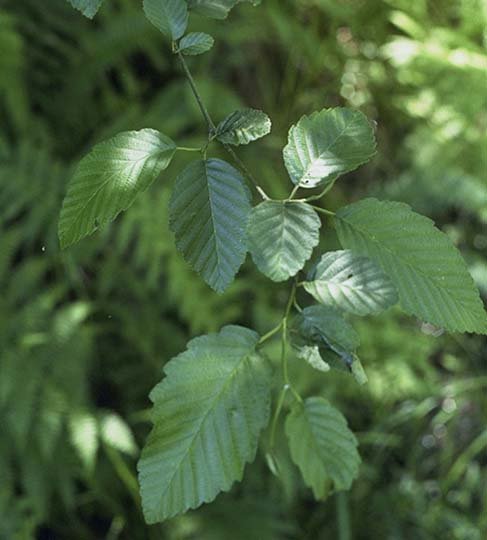
The Red Alder: Origin, Growth Habit, and Landscape Potential
Red alder (Alnus rubra), a fast-growing deciduous tree native to the Pacific Northwest, is an essential component of many ecosystems in the region. It serves ecological roles, including soil enrichment and providing wildlife habitat, while having commercial timber value. This post explores the red alder's origin, growth habits, and use in horticultural landscapes.
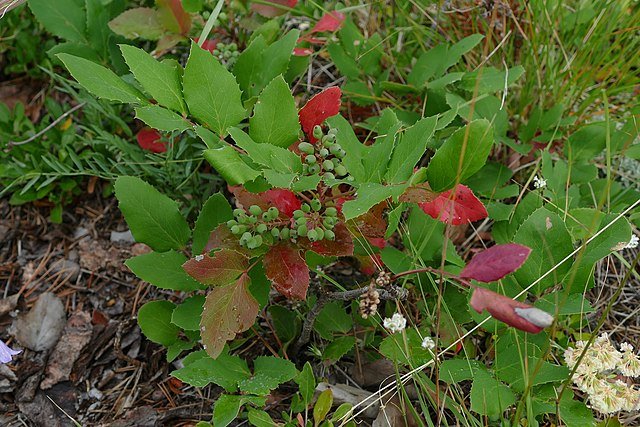
Mahonia repens (or Berberis nervosa*)– Creeping Oregon Grape
Mahonia repens grows about 9 to 15 inches (23 to 38 cm) tall and can spread up to 8 feet (2.44 meters) wide, making it an excellent choice for dense ground cover. Its spiny, blue-green leaves give off a distinct holly-like vibe, and in winter, they turn a rich purplish color, adding interest when most plants are dormant. Come spring, it bursts into clusters of fragrant yellow flowers that attract bees, butterflies, and other pollinators. By late summer, blue-purple berries ripen, feeding birds.
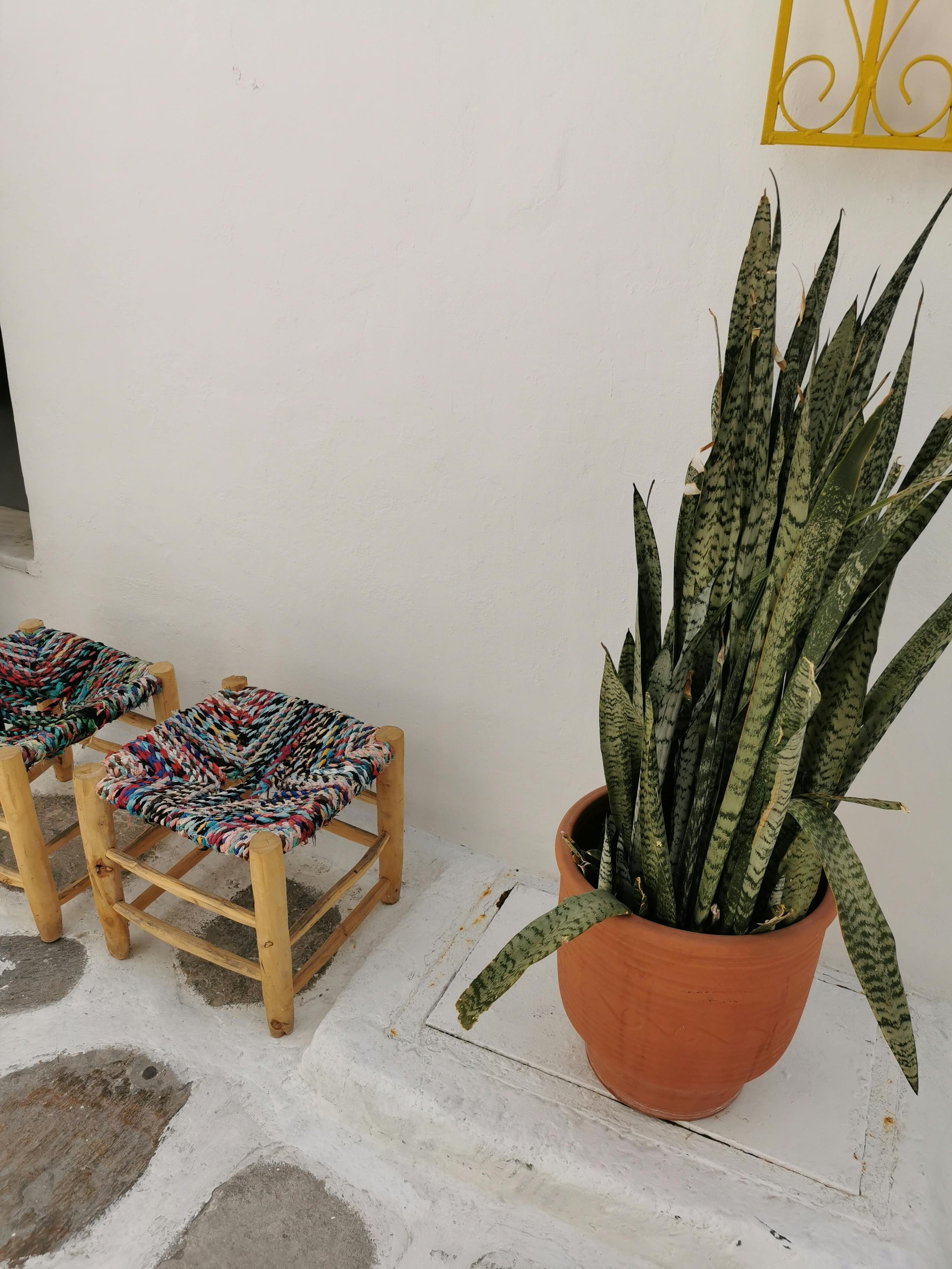
A Guide to Caring for Your Snake Plant (Dracaena trifasciata)
The snake plant (*Dracaena trifasciata*), known as "mother-in-law's tongue," is popular for novice and experienced plant enthusiasts. Renowned for its striking, upright leaves and remarkable resilience, this plant thrives in various conditions and requires minimal care. In this post, we'll dive into the essential aspects of snake plant care, including ideal lighting, watering, fertilization, and repotting. Whether you want to add a low-maintenance plant to your collection or learn more about this hardy species, you'll find everything you need to keep your snake plant thriving.
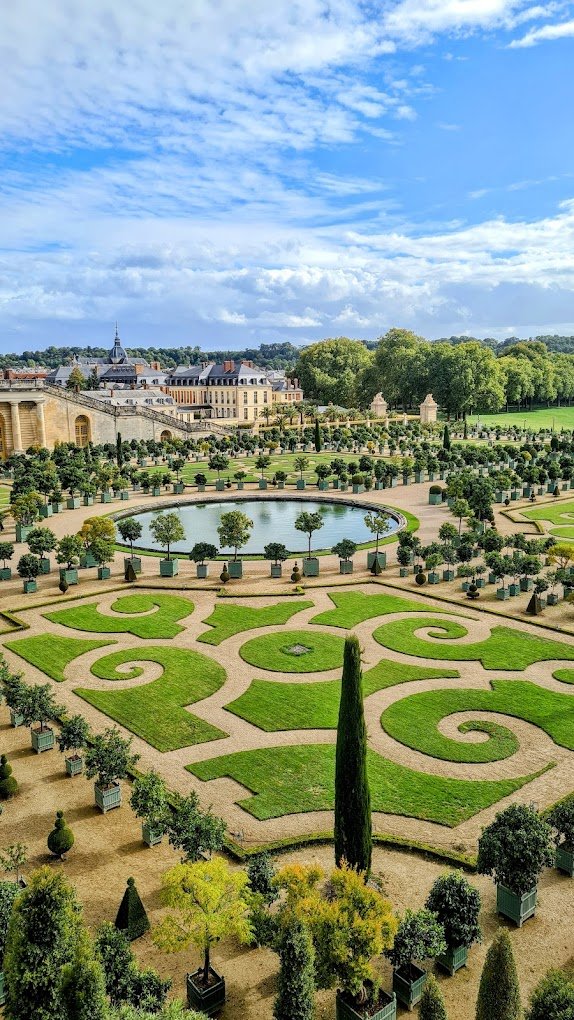
Parterre Gardens Around the World
Explore the beauty of Parterre gardens around the world, from the iconic designs of Versailles to modern interpretations. Discover how different cultures have adapted this classic garden style, incorporating local plants, climate considerations, and unique features to create stunning landscapes that blend tradition and innovation.
